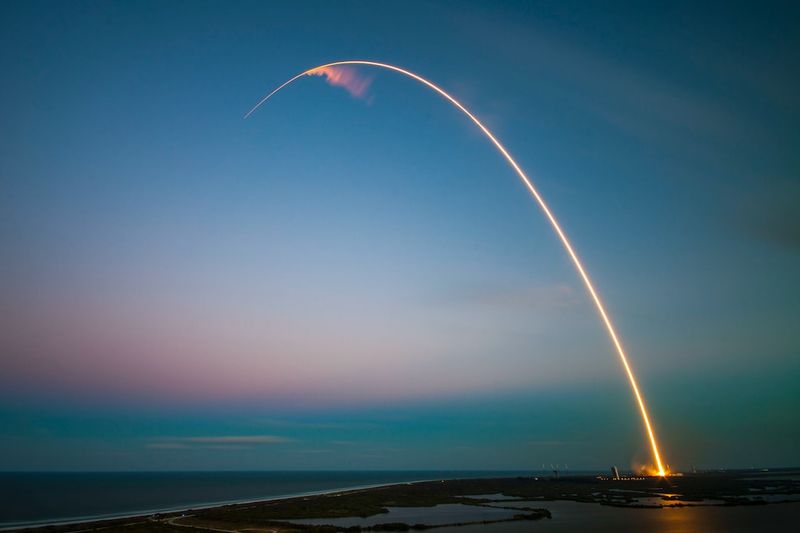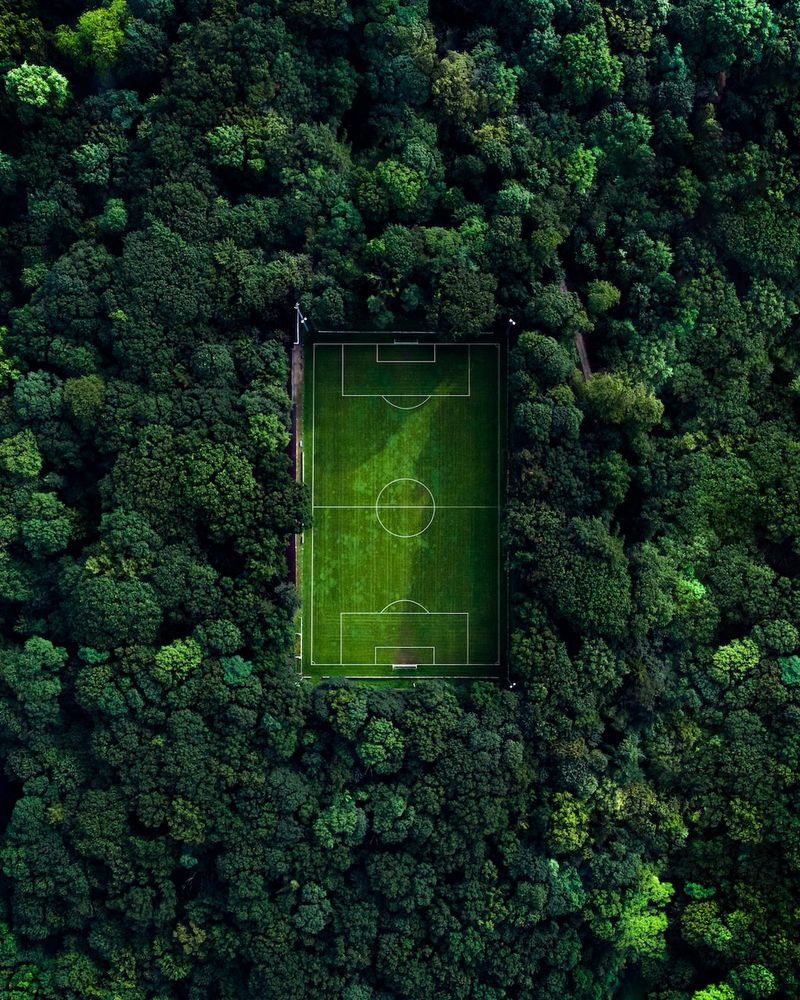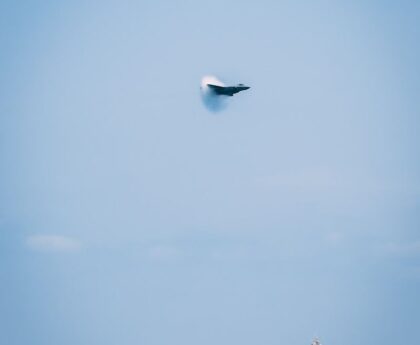A ‘Mystery’ Cylinder Washes up on a Remote Beach in Western Australia
The Discovery
On Saturday, a 2.5-meter-high cylindrical object, shrouded in mystery, was discovered washed up on a remote beach near Green Head in Western Australia. The object, partially made of a gold-colored woven material and covered in barnacles, sparked speculation about its origin and purpose. Photos of the object circulated on social media, adding to the intrigue surrounding it.
Initial Theories and Public Safety Concerns
Upon its discovery, there were theories that the object could have been part of a downed airliner, causing anxious speculations about potential air disasters. Due to fears that the object might pose a public health risk, police placed a guarded cordon around it while experts sought to identify it.
No Connection to Commercial Aircraft
On Wednesday, the Australian police issued a statement dispelling the initial theories. They stated that there was no evidence to support the idea that the object was connected to a commercial aircraft. Following extensive consultations with various agencies, including maritime, aviation, defense, and space industries, it was concluded that the object was related to a rocket system.
Space Debris
The Australian Space Agency has since taken over the task of identifying the object. The initial assessment suggests that the cylinder is most likely a solid rocket motor casing. As a precautionary measure, the object has been safely contained and stored to ensure it poses no threat to the community. The agency is now working to confirm the exact origin of the object and has been cooperating with international agencies in the process.
Philosophical Discussion: The Significance of Space Debris
The discovery of this mysterious cylinder highlights a broader issue surrounding space debris. As more nations venture into space exploration and the commercial space industry continues to grow, the amount of space debris orbiting Earth has become a growing concern.
The Growing Problem of Space Debris
Space debris, also known as space junk, refers to defunct satellites, spent rocket stages, and other fragments left in orbit around the Earth. It poses a significant threat to active satellites and the International Space Station (ISS). The problem has become so severe that organizations, such as the United Nations Office for Outer Space Affairs, have established guidelines and regulations to mitigate the risks associated with space debris.
The Risk to Human Activity in Space
Space debris poses a risk not only to space infrastructure but also to future human activities in space. As nations plan missions to the Moon, Mars, and beyond, the presence of debris in space poses a serious threat to spacecraft and astronauts. A collision with even a small piece of debris could have catastrophic consequences.
The Need for International Cooperation
The identification of the mysterious cylinder found in Western Australia emphasizes the importance of international cooperation in managing and mitigating the risks posed by space debris. With space exploration becoming increasingly multinational, collaboration among countries and space agencies is crucial to ensure the long-term sustainability of space activities.
Editorial: The Need for Improved Space Debris Management
The discovery of this mysterious cylinder serves as a reminder of the urgency to address the issue of space debris. The increasing number of satellites and rockets being launched into space only exacerbates the problem.
Stricter Regulations and Guidelines
Governments and space agencies worldwide must work together to establish stricter regulations and guidelines for space debris management. This includes implementing mechanisms for responsible satellite and rocket disposal, as well as tracking and monitoring space debris to prevent collisions.
Investment in Technology
Furthermore, there is a need for increased investment in technology to track and remove space debris. Scientists and engineers are continuously developing innovative solutions, such as debris-tracking sensors and space debris cleanup missions, to tackle the problem. Governments and private entities should provide financial support to expedite the development and deployment of these technologies.
Advice: Public Engagement and Awareness
In light of this discovery, it is essential for the public to be engaged and aware of the issue of space debris. Educating the general population about the potential hazards and long-term consequences of space debris will foster support for initiatives aimed at addressing the problem.
Encouraging Responsible Practices
As individuals, we can also contribute by advocating for responsible practices in space exploration and technology deployment. This includes supporting companies and organizations that prioritize the safe and sustainable disposal of their space hardware and promoting public pressure on governments to prioritize space debris management.
Supporting Scientific Research
Finally, supporting scientific research and technological innovation in the field of space debris management is crucial. Governments, universities, and private foundations should allocate resources to fund research projects that aim to develop new methods for tracking, mitigating, and removing space debris.
Conclusion
The discovery of the mysterious cylinder on a remote beach in Western Australia has brought the issue of space debris to the forefront. As space exploration and commercial activities continue to expand, it is vital that governments, space agencies, scientific communities, and the public come together to address the growing problem of space debris. Through international cooperation, stricter regulations, technological advancements, and public engagement, we can ensure the sustainability and safety of our activities in space for generations to come.

<< photo by SpaceX >>
The image is for illustrative purposes only and does not depict the actual situation.
You might want to read !
- “Struggles on the Pitch: Tottenham’s Loss to West Ham Sends Signals of Concern for Kane”
- The True Toll: Examining the Latest Impacts of the Cost-of-Living Crisis
- The Pre-Season Battle: Tottenham vs West Ham – Live Match Updates and Streaming
- Christopher Nolan delivers a clever and imaginative masterpiece in Oppenheimer review
- “Editorial Exploration: The Clash of Karlsruhe and Liverpool: Live Stream, TV Channel, Kick-off Time, and More”
- “Intertwined Paths: Manchester United Takes on Lyon in Pre-Season Clash”




